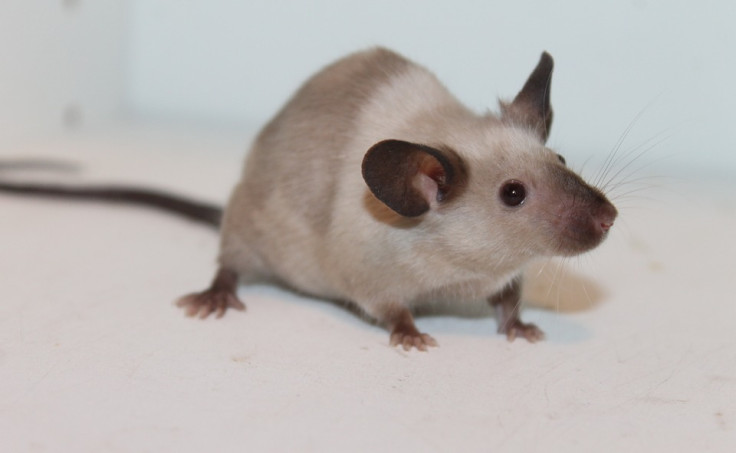Breakthrough gene therapy repairs spinals cord of paralysed mice; sparks hope for humans
Hyper-Interleukin-6, a special protein developed by scientists, stimulates nerve-cell regeneration in cells that have already been damaged.
There may be hope for those who have been dealing with paralysis after a breakthrough gene therapy has repaired the damaged spinal cords of paralysed mice and allowed them to walk again after just two weeks.
German scientists have captured the attention of the medical community after they were able to help paralysed mice walk again by injecting a "designer protein" into the spinal cord. The mice have been rendered paralysed as they could not use their back legs anymore, but the designer protein led to truly positive changes.
Researchers from the Ruhr University Bochum developed genetically-engineered "hyper-Interleukin-6," a report of which was published in the journal Nature Communications. The hyper-Interleukin-6 was a special protein that stimulates nerve-cell regeneration in cells that have already been damaged.
Aside from the protein that was injected into the spinal cord, the German scientists also developed a genetically-engineered virus, which carried the blueprint of the protein to the damaged cells in the mice.
The moment the virus is injected into the mice, it is now able to share the information found in the blueprint, allowing the mice to likewise create the protein. This then allows them to regenerate nerves, which sends signals to the spinal cord from the brain.
"The special thing about our study is that the protein is not only used to stimulate those nerve cells that produce it themselves, but that it is also carried further (through the brain)," Dietmar Fischer, the head researcher, said to Reuters.
He added that through it, they are able to stimulate regeneration of a large number of nerves. He emphasised that it is the reason why the rodents were able to walk again.
The scientists noted in The Sun that they worked on mice that were paralysed recently. They still need to check if their genetically-engineered protein will also produce the same result on mice which have been paralysed for several weeks. The "several weeks" phase is needed before they could start considering possible human trials.
However, before the protein can be tested on humans, the researchers would need to test it on bigger mammals like dogs or pigs. Seeing the different phases that the research has to go through, the scientists are looking at years before actually testing it on humans.
© Copyright IBTimes 2025. All rights reserved.





















